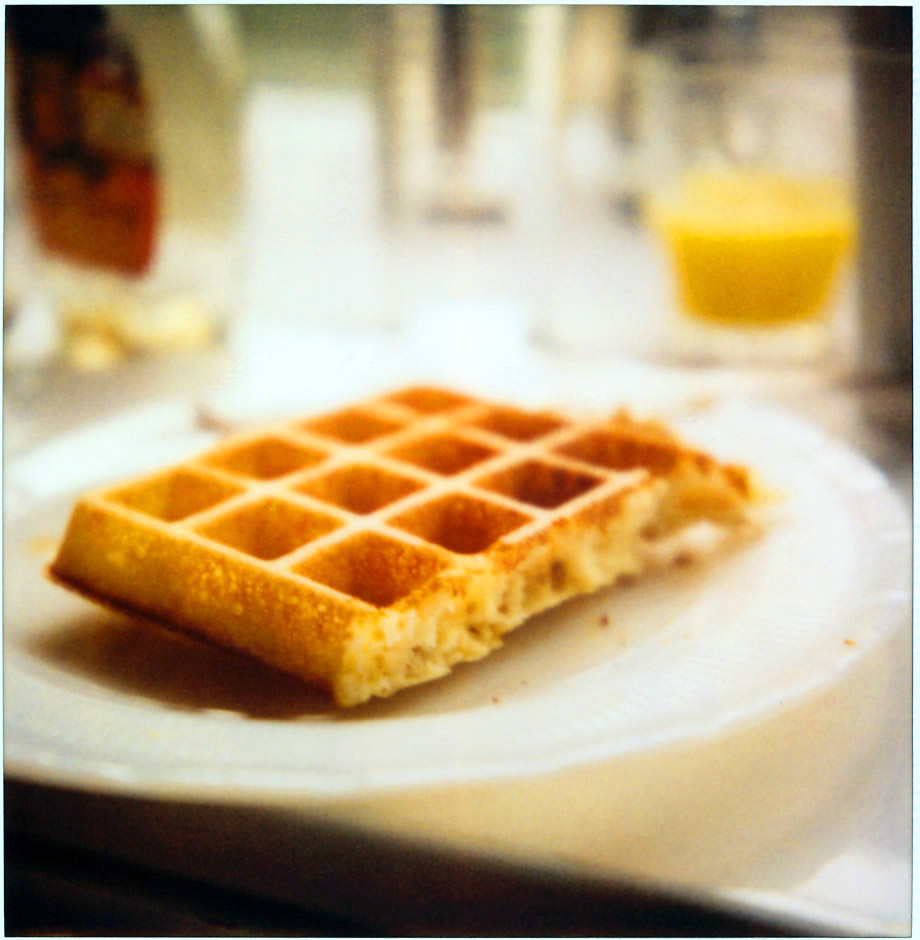You deserve a waffle
World, we have a winning waffle.
You people are outstanding. You really know your waffles. Thank you. I should ask you for advice more often, because together, you’re absolutely unstoppable. I’m pretty sure that, given a day or two, you could solve any problem, and if I may, I would like to suggest that you start with my pet conundrum: how to make potatoes come out of the ground already fried. I think a lot of us would like to know.
Anyway, I read your suggestions, every single one of them, and after much hemming and hawing and hand-wringing, I chose two to try. It wasn’t easy, and my thinking went something like this:
Yeasted waffles got the most votes, so I had to make at least one batch. Of the yeasted recipes mentioned, Marion Cunningham’s was cited most often, followed by Mark Bittman’s and Cook’s Illustrated’s. I looked them up, and it turns out, they’re all remarkably similar in ingredients and amounts. I probably could have tossed a coin, if coins had three faces, and been happy with whatever recipe I got. But I chose to try Marion’s, and I chose it for three reasons: 1) again, it was cited most often, 2) it calls for the type of yeast – active dry, as opposed to instant – that I usually keep on hand, and 3) it’s very simple, with no beating of egg whites or other additional steps. Also, and maybe you’ve noticed this, but that recipe has been printed and reprinted everywhere. It’s been featured in books by Rose Levy Beranbaum and Shirley Corriher. It’s also all over the Internet. Which sort of begs the question of why I didn’t make it for my mother on Mother’s Day, but oh well. I’m a slow learner.
I also wanted to make a waffle that was not yeasted, to be fair. A number of you mentioned the Joy of Cooking recipe. A number of you also pointed me toward a recipe published in and Food & Wine and Fine Cooking by cookbook author Pam Anderson, who should not be confused with Pamela Anderson, formerly of Baywatch and Tommy Lee, and I make that clarification because I was, myself, briefly confused. And there were many other suggestions as well, including several good-looking family recipes. But a lot of you also mentioned a recipe called Waffles of Insane Greatness (WIG). A name like that is very, very hard to ignore. It’s ballsy. It felt like a direct challenge, and I must admit, my interest was piqued. Also, oddly enough, I noticed that WIG has a lot in common with Pam Anderson’s recipe, which I took as a good sign. Both called for cornstarch, and their ingredient lists are almost identical, differing only – and only slightly – in the amounts of oil, sugar, and vanilla. I decided to go with one of the two, and in the end, I decided on WIG. I wanted to see if it could live up to its title.
Last – and I’ll getting to the actual tasting soon, I swear – I wanted to make a waffle with some sort of whole grain flour, because so many of you suggested it. But after much consideration, I decided that it’s a whole other can of worms, and one best opened on another day. To those of you who suggested recipes involving whole wheat flour, spelt flour, oat flour, buckwheat flour, and any other flour, thank you. I’ll get there soon! As soon as I recover from yesterday morning. We made a lot of waffles.
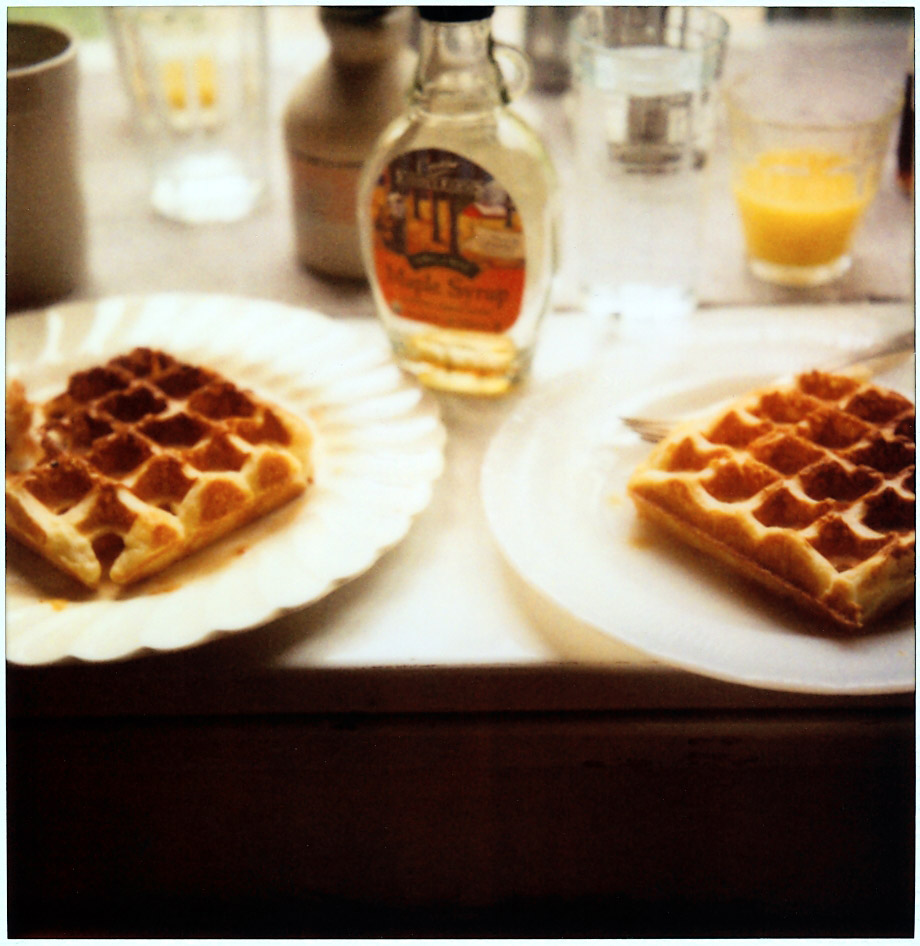
A meeting time of 10:00 am was set, and there were to be five of us eating – including two cooks from Delancey, Ryan and Brandi, whose palates I knew I could trust. I did not take this lightly. Crust and crumb were poked and prodded, held to the light, thoroughly examined. The smell of yeast and coffee and hot butter hovered over the table, as heavy and palpable as steam.
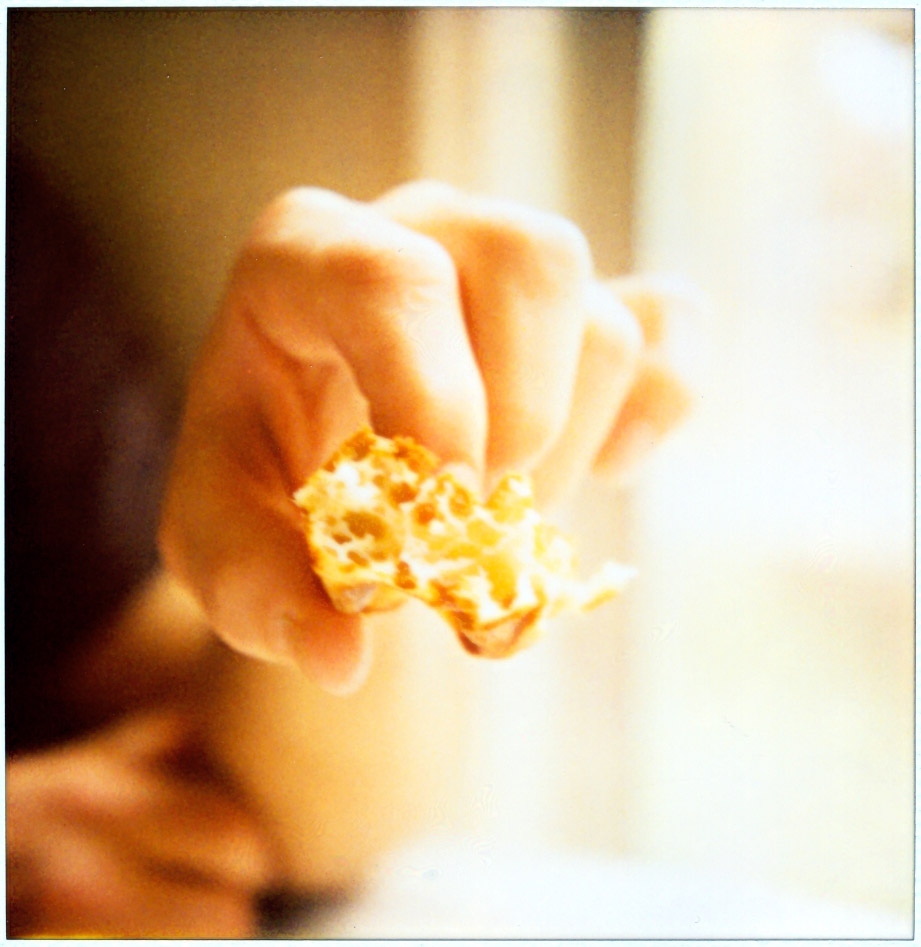
Much syrup was consumed. The carnage began to pile up. It was ugly. It was a great morning. I ate five waffles, and I lived to see the afternoon.
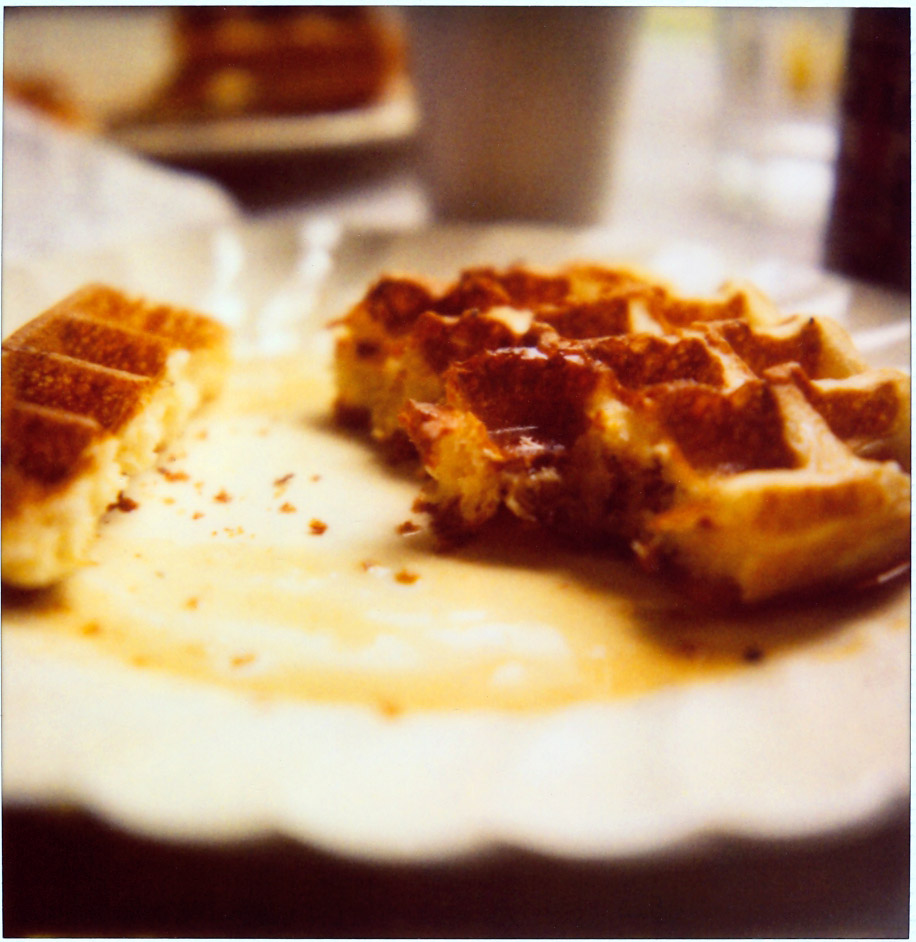
I also came away with not one keeper-quality recipe, but two. I’m not saying that to be politic. I mean it. Both recipes beat every waffle I have ever had. (Not counting gaufres de Liège; those are totally different.) Who could ask for more? I love you, blog. I love you, comments function. I love you, people.
Here’s the thing. For me, the Marion Cunningham waffle, the yeasted one, is capital-W Winner. It’s incredibly light and crisp, but the inner crumb is soft, tender, almost custardy. I can’t say enough about that texture. I wanted to eat waffle after waffle after waffle, just for the way it felt between my teeth. It isn’t particularly sweet, which I like very much, and at first appraisal, it can even seem a little salty. But as soon as you pour on some maple syrup, it makes sense: the salt and the sweetness make each other hum. That complexity, plus the complexity brought by the yeast, plus the good hit of butter in the batter, combine to make the kind of flavor that lasts, that hangs around long after the waffle itself is gone. Plus, and this is a big plus, because the yeasted batter requires an overnight rest, you do 90% of the work – which is very easy work – the night before. The morning of, you have almost nothing to do, except make some coffee and turn on the radio and feel pleased that you have almost nothing to do. It’s heaven. It’s the top. I wouldn’t change a thing.
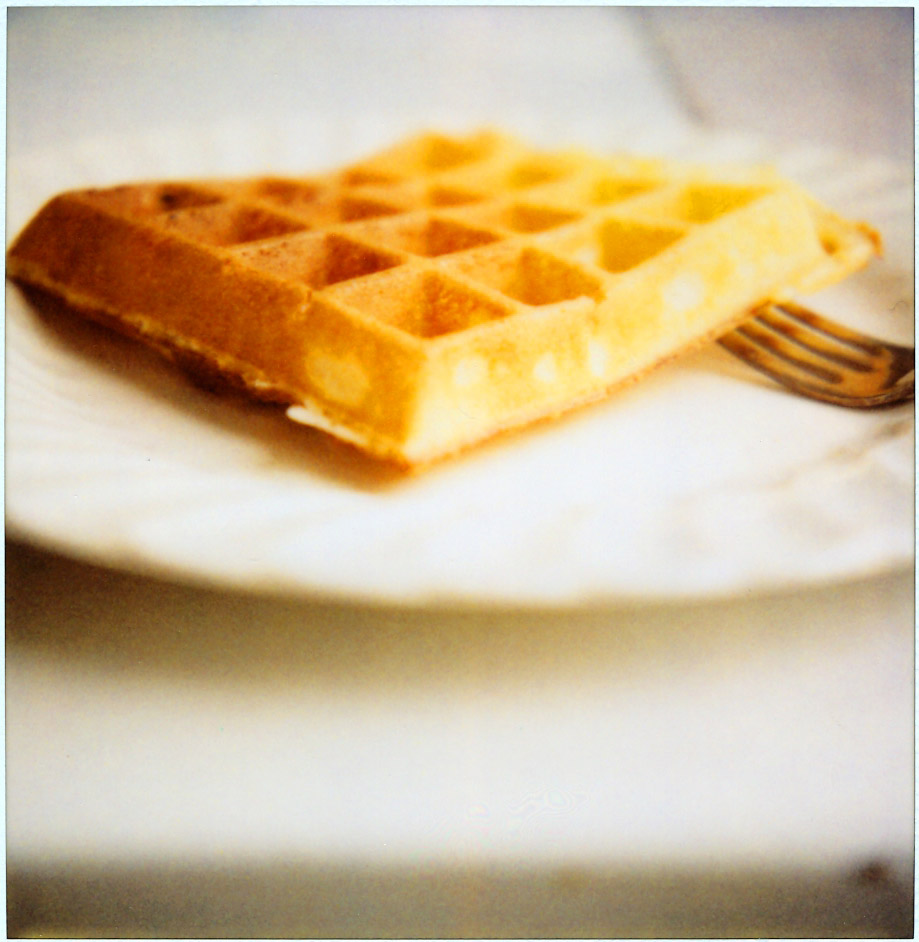
That said, if I didn’t plan ahead, and if I woke up one morning desperately needing a waffle, I would make WIG. And I would be similarly elated. In fact, sitting around the table yesterday, we had a hard time declaring a winner, and at first, it looked as though WIG might be it. When you bite in, it’s absolutely remarkable, with a craggy, shatteringly crisp crust. I’ve never seen or eaten a waffle with so crisp an outer crust. I think the cornstarch is to be thanked for that. The waffle tastes wonderful, too: nicely toasty and caramelized, complex, sweet but not too sweet. But to me, the flavor didn’t persist the way that the flavor of the yeasted waffle did, and it didn’t have the same depth, and I don’t know. It sort of petered out halfway through. It was delicious, and had I never eaten a yeasted waffle, I would drive around all week with the windows down and a megaphone to my mouth, telling the city to make these waffles. But because I have now eaten the Marion Cunningham yeasted waffle, I don’t feel quite so moved. It’s all relative. If only I had heard of WIG earlier! Think of what might have been.
Or don’t, and instead, go make some already. If you’ve read this far, you deserve a waffle.
This recipe uses dry yeast, which is often sold as “active dry” yeast. It’s different from instant yeast (often sold as “rapid rise”), so be careful not to confuse the two, even though the packaging often looks similar. Most waffle recipes work in any kind of waffle maker, but I get the sense that this one is intended for use on a standard (not Belgian) waffle maker. Mine is Belgian-style, and the batter was a bit too thin to really fill it properly. It wasn’t a biggie – they still taste great, and they’re pretty on one side, at least – but just, you know, FYI. Pour the water into a large mixing bowl. (The batter will rise to double its volume, so keep that in mind when you choose the bowl.) Sprinkle the yeast over the water, and let stand to dissolve for 5 minutes. Add the milk, butter, salt, sugar, and flour, and beat until well blended and smooth. (Electric beaters do a nice job of this.) Cover the bowl with plastic wrap, and let it stand overnight at room temperature. Before cooking the waffles, preheat a waffle maker. Follow your waffle maker’s instruction manual for this, but my guess is that you’ll want to heat it on whatever setting is approximately medium-high. My waffle maker has a heat dial that runs from 1 to 7, and I turned it to 5. My waffle maker is nonstick, so I didn’t grease it, and Marion Cunningham doesn’t call for greasing it, either. Just before cooking the waffles, add the eggs and baking soda, and stir to mix well. The batter will be very thin. Pour an appropriate amount of batter into your hot waffle maker: this amount will vary from machine to machine, and you should plan to use your first waffle as a test specimen. Cook until golden and crisp. Yield: depends on the size and configuration of your waffle iron The original version of this recipe calls for 1 cup milk or buttermilk, but I split the difference and use ½ cup of each. The texture of the batter was lovely, and I liked the slight tangy quality of the waffles, so I’d recommend that you try the same course of action. Also, this waffle works in any kind of waffle maker. In a medium bowl, combine the flour, cornstarch, baking powder, baking soda, salt, and sugar. Whisk well. Add the milk, buttermilk, vegetable oil, egg, and vanilla extract. Whisk to blend well, so that few (if any) lumps remain. Set aside to rest for 30 minutes. Preheat a waffle iron. Follow your waffle maker’s instruction manual for this, but my guess is that you’ll want to heat it on whatever setting is approximately medium-high. My waffle maker has a heat dial that runs from 1 to 7, and I turned it to 5. There’s no need to grease the waffle maker. Pour an appropriate amount of batter into your hot waffle maker: this amount will vary from machine to machine, and you should plan to use your first waffle as a test specimen. Cook until golden and crisp. Yield: depends on the size and configuration of your waffle ironMarion Cunningham’s Raised Waffles
From The Breakfast Book
A Great Make-the-Morning-of Waffle
Adapted slightly from the “Waffle of Insane Greatness” recipe


